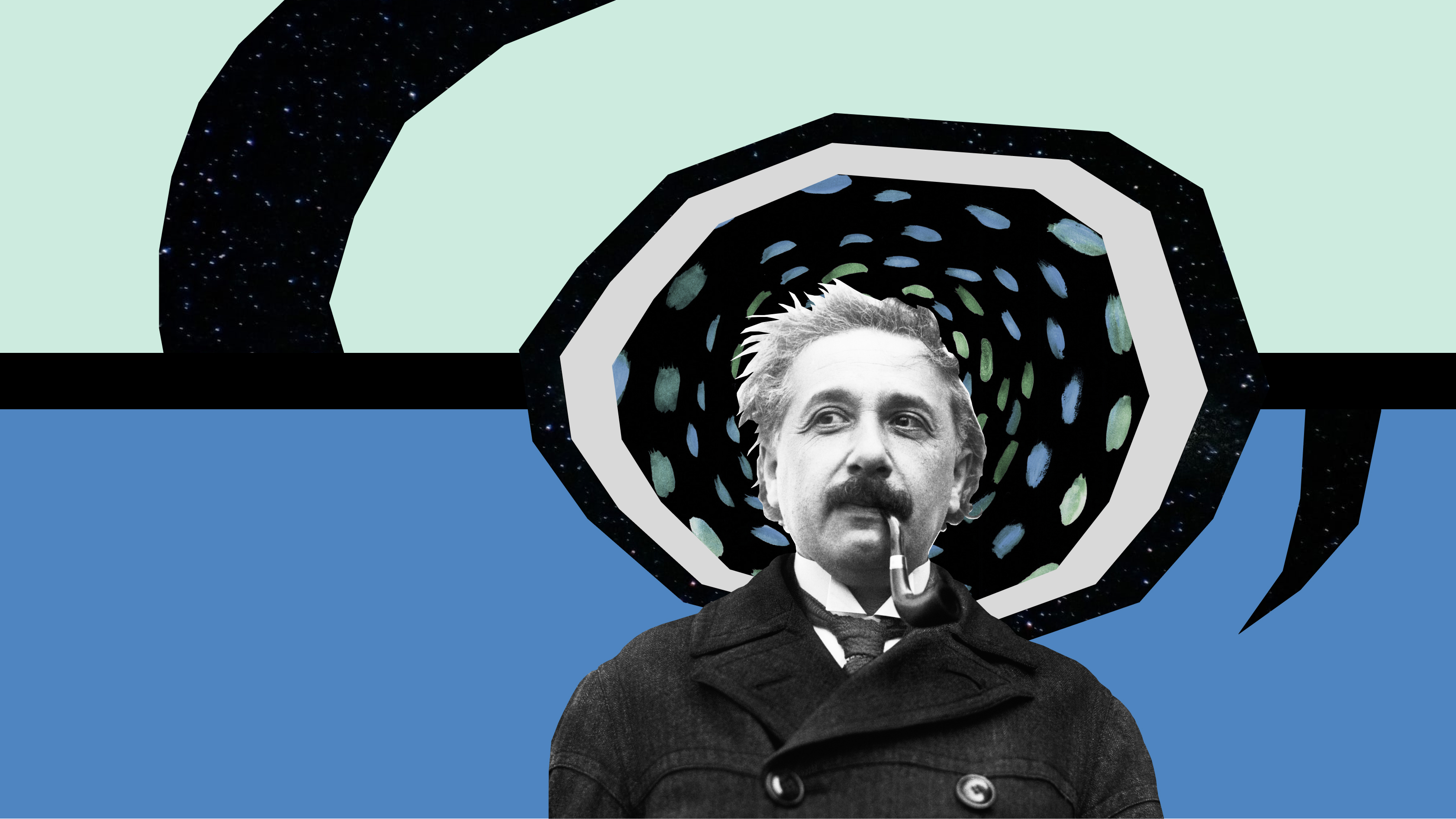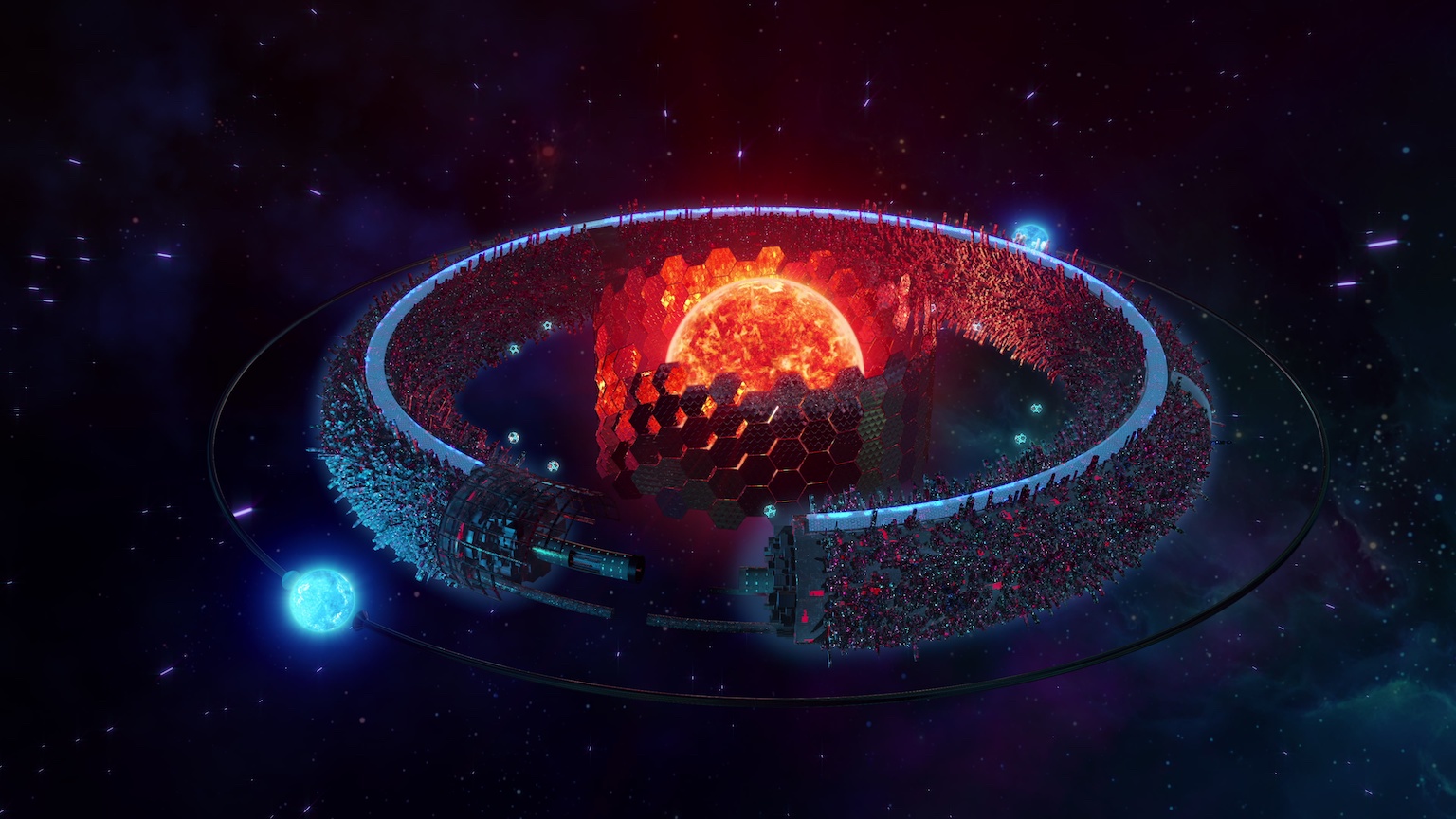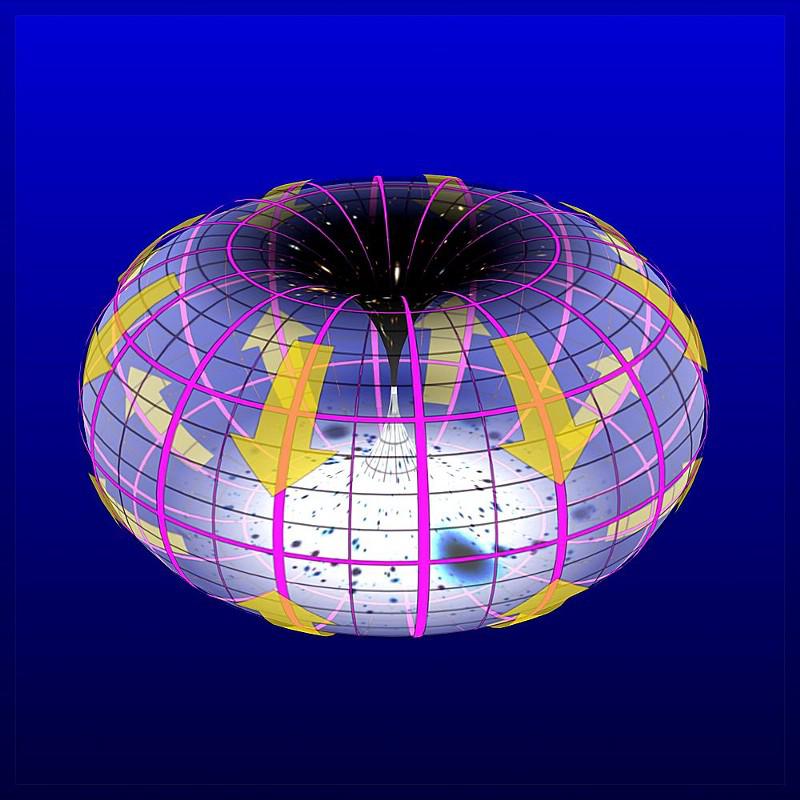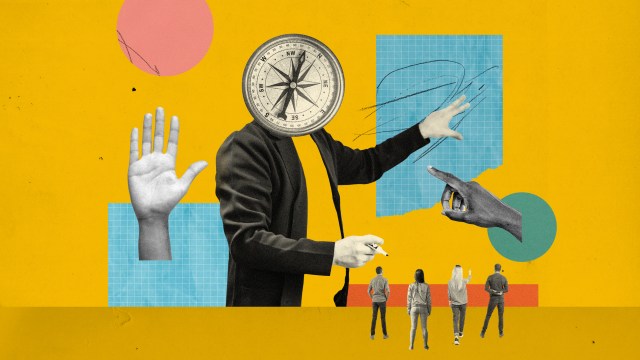The first big question for cosmologists: Does time have a beginning?
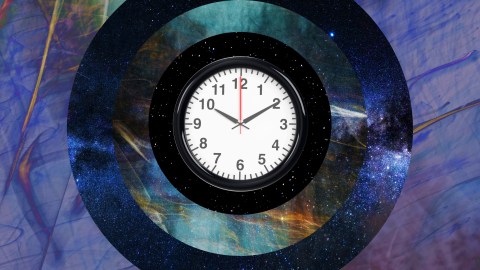
- The discovery of cosmic expansion changed our understanding of the Universe.
- It also presented cosmologists with a very difficult challenge: Can science piece together cosmic history all the way to the beginning of time?
- While it might be tempting to conclude that we are the center of the Universe, we are not. The Big Bang happens everywhere at once.
During the first few decades of the 20th century, physicists and astronomers worked together to discover something remarkable: The expansion of the Universe. This new discovery wonderfully embodied the plasticity of spacetime, which was the cornerstone of general relativity.
Drifting away from each other, carried by the stretching geometry of the Universe, billions of galaxies fill the ever-growing emptiness of space with their richness of shapes and light. The Universe is a dynamic entity, dancing to the song of constant transformation. At all scales, from the smallest components of matter to the Universe as a whole, a picture of motion and change emerged as the modern view of nature, replacing the more rigid classical framework.
Cosmology, a new form of scientific storytelling
This destruction of classical forms of expressing physical reality found powerful parallels in the arts. (See my series for 13.8 on the birth of quantum physics.) Modernism found avenues in literature, with T.S. Eliot, Franz Kafka, Virginia Woolf, and James Joyce. In music, Gustav Mahler and Anton Bruckner were followed by Igor Stravinsky and Béla Bartók. Painters such as Pablo Picasso and Georges Braque also represented radical departures from classical forms of artistic creation. There was a surging need to expand the modes of human expression in all directions that ran alongside the emerging scientific narrative of physical reality.
Edwin Hubble’s discoveries in the 1920s made it clear that the Milky Way was one among billions of other galaxies and that the Universe was expanding. What cosmologists wanted, then, was to know how to tell the cosmic story. Expansion implies change, so the challenge was to understand what was changing, and what it changed into. Questions that have inspired religions across the globe came to the forefront of inquiry to haunt and to inspire. The new science of the cosmos had to embrace a metaphysical dimension, whether it wanted to or not.
Questions were of the fundamental variety: If the Universe is expanding, did it have a beginning? Will it have an end? How big is it? How old is it? Does its expansion mean that there is something outside the Universe? And if the Universe did have a beginning, can scientific reasoning understand it?
Just as myth-makers from cultures around the globe have done since time immemorial, scientists could explore these questions with renewed passion and devotion. Armed with new tools of discovery such as large telescopes and particle detectors, they would stretch scientific inquiry to its limits — and even beyond its limits, creating models that go where no one has gone before. That is the gamble scientists must take, for if we dare not go beyond our limits, we cannot stretch the boundaries of what we know. Risk is curiosity’s best friend.
We are not the center of the Universe
The next generation of cosmological models emerged after the Second World War. It would go on to mix the boundaries of the big and the small, combining ideas from nuclear and particle physics into the history of the Universe as a whole. Scientists would forge the inner-space, outer-space connection, a revolution that I was fortunate to be part of as a young physicist. In a land of receding boundaries, an eager traveler will always discover new wonders.
With the development of physical cosmology in the early 20th century — that is, with the promotion of cosmology to a physical science — it became possible, for the first time in the history of humankind, to address questions of origins in a quantitative way. Back to the cosmic expansion: If we could picture the evolution of the Universe as a movie we can play backward and forward at will (something we will be doing a lot in our next articles in this series), playing it backward would lead us to some point in the past, a finite time ago, when galaxies must have been lumped together into a small region of space.
Since we now see galaxies receding from the Milky Way in all directions, moving backward brings us to a time when all galaxies were crowding around us. It is very tempting to imagine this means that we are the center of the Universe. But we are not. Remember that the Universe has no center, that all spatial points are equivalent. What we see from our perfectly mundane spot in the Universe is what other observers would see from any other point in the Universe. In rewinding the cosmic movie, they too would see all galaxies approaching them, leading to a final crunch that was the reality of the cosmos a finite time ago. The Big Bang happens everywhere at once.
Does time have a beginning?
After the Second World War, two different schools came to dominate cosmological thinking. One told a story in which time begins at the Big Bang, while in the other, there is no cosmic time and no Big Bang — time passes locally, but the Universe remains the same on average. The two schools would go to battle to decide who was right. As is always the case in science, data had the last laugh. We will go there next week.

